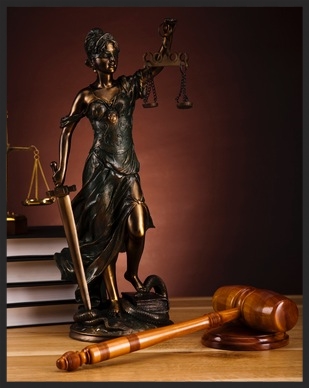National Indigenous Peoples Day 2022
In·dig·e·nous: originating or occurring naturally in a particular place; native. Occurring on June 21, 2022, for the 26th anniversary since its...

The Powley case is the most significant decision relating to Métis people in Canada to date. Unlike Status Indians, whose identity is determined by the provisions of the Indian Act, there was no legal definition of who was a Métis person until this Supreme Court of Canada decision.

What began as a case over a father and son charged of unlawfully hunting a moose without a license in Ontario ended in the Supreme Court of Canada addressing whether Métis communities can possess Aboriginal rights pursuant to s. 35(1) of the Constitution Act, 1982 and who can possess those rights. What came from the decision was the “Powley Test” determining the identity of individuals who are Métis.
In a unanimous decision, the Supreme Court of Canada affirmed that s. 35(1) promises to the Métis recognition of their distinct existence and protects their existing collective Aboriginal rights, including the right to hunt for food.
Read: Harry Daniels - The Man Who Put Métis in the Constitution
The court held that Métis does not include all individuals with mixed Indian and European heritage. Instead, the court identified three broad factors for inclusion as a Métis person:
This article is an excerpt from the 3rd edition of our book Working Effectively with Indigenous Peoples®
By the way we talk all about these cases in our public workshops and onsite training.

In·dig·e·nous: originating or occurring naturally in a particular place; native. Occurring on June 21, 2022, for the 26th anniversary since its...

Harry Daniels will share with Louis Riel the honor of having introduced the rights of the Métis people in the Constitution of Canada: Riel in s. 31...

Winnipeg, Manitoba, May 23, 2013 — On behalf of the Honourable Peter Kent, Canada’s Environment Minister and Minister responsible for Parks Canada,...